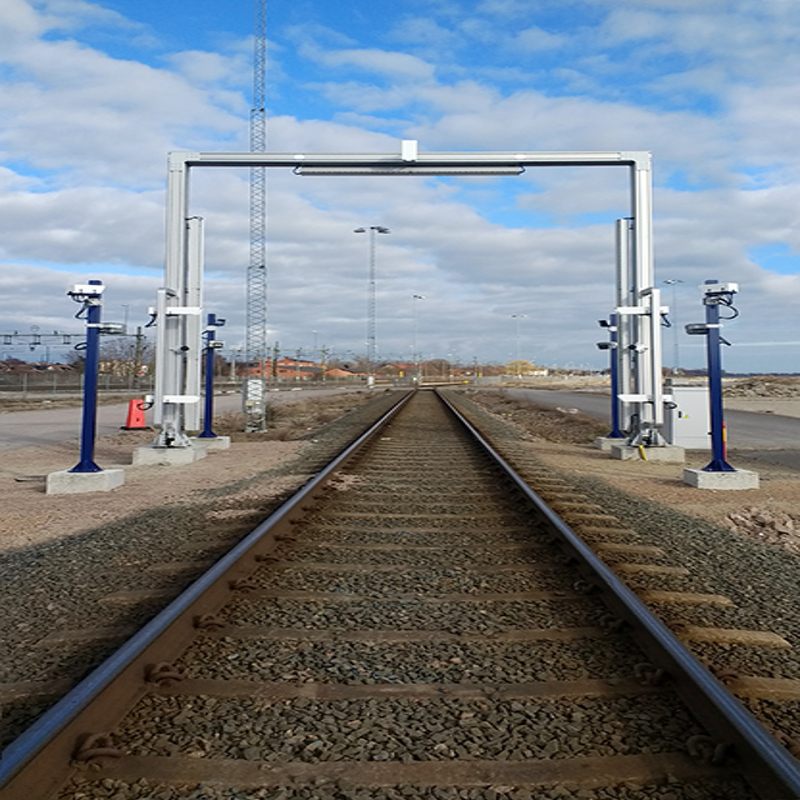Train OCR: Enhancing Railway Efficiency and Passenger Experience

Trains have long been a vital mode of transportation, offering an efficient and eco-friendly way to move people and goods across vast distances. In recent years, technology has played a pivotal role in transforming the railway industry, and one such technological advancement that’s making waves is Train OCR (Optical Character Recognition). In this blog, we’ll explore the exciting world of Train OCR, its applications, and the significant impact it’s having on railways.
I. What is Train OCR?
Train OCR, short for Train Optical Character Recognition, is a specialized application of OCR technology tailored for the railway industry. It involves the use of cameras and software to capture and interpret text and symbols from various railway-related sources, such as tickets, signage, documents, and even the exterior of trains themselves.
II. Applications of Train OCR
- Ticket Scanning and Validation: One of the primary applications of Train OCR is in automating ticket validation processes at railway stations. Passengers can simply scan their paper or electronic tickets at entry gates, which are equipped with OCR technology. The system quickly reads and validates the ticket information, allowing passengers to board without manual ticket inspections.
- E-Ticket Verification: For passengers using electronic tickets displayed on their smartphones, Train OCR scans the QR codes or barcodes on the tickets, verifying their authenticity and allowing hassle-free entry.
- Signage Interpretation: Train OCR can be used to read and interpret railway station signs, platform information, and directions, helping passengers easily navigate the complex railway infrastructure.
- Document Management: Many railway operations involve handling paper documents, such as maintenance records, passenger manifests, and schedules. Train OCR automates the process of digitizing and managing these documents, reducing administrative workload and improving data accessibility.
- Safety Inspections: OCR-equipped cameras mounted on inspection vehicles scan railway tracks and infrastructure for signs of wear, damage, or debris. Real-time data analysis helps identify potential safety hazards, allowing for prompt maintenance and repairs.
III. Benefits of Train OCR
- Enhanced Efficiency: Train OCR streamlines ticket validation and document management processes, reducing manual efforts and the likelihood of errors. This leads to increased operational efficiency.
- Improved Passenger Experience: Passengers benefit from quicker ticket validation, easier navigation, and more timely information, enhancing their overall travel experience.
- Safety: Automated safety inspections powered by Train OCR contribute to safer railway operations by identifying potential issues before they become major problems.
- Cost Savings: Reduced reliance on manual processes and paperwork can lead to cost savings for railway operators in the long run.
IV. Challenges and Future Outlook
While Train OCR offers numerous benefits, it faces challenges like reading text in diverse fonts, and languages, and under varying conditions (e.g., poor lighting or weather). Advances in machine learning and computer vision technologies are continually improving OCR’s accuracy and robustness.
In the future, we can expect Train OCR to become even more sophisticated, with the potential for real-time translation services, predictive maintenance based on data collected from OCR-equipped inspection vehicles, and enhanced passenger interaction through smart signage and apps.
Conclusion
Train OCR is revolutionizing the railway industry by simplifying ticketing, improving passenger services, enhancing safety, and reducing operational costs. As technology continues to evolve, the railway sector will likely see even more innovative applications of OCR, making train travel more efficient and enjoyable for passengers while ensuring the continued safety and reliability of rail services.
Suraj Informatics Rail OCR Portal assists in dealing with this recent growth by utilizing proven automation systems to increase productivity while lowering operating costs. The Rail OCR Portal is the next step in providing significantly improved tracking and identification of containerized cargo moving by rail.
